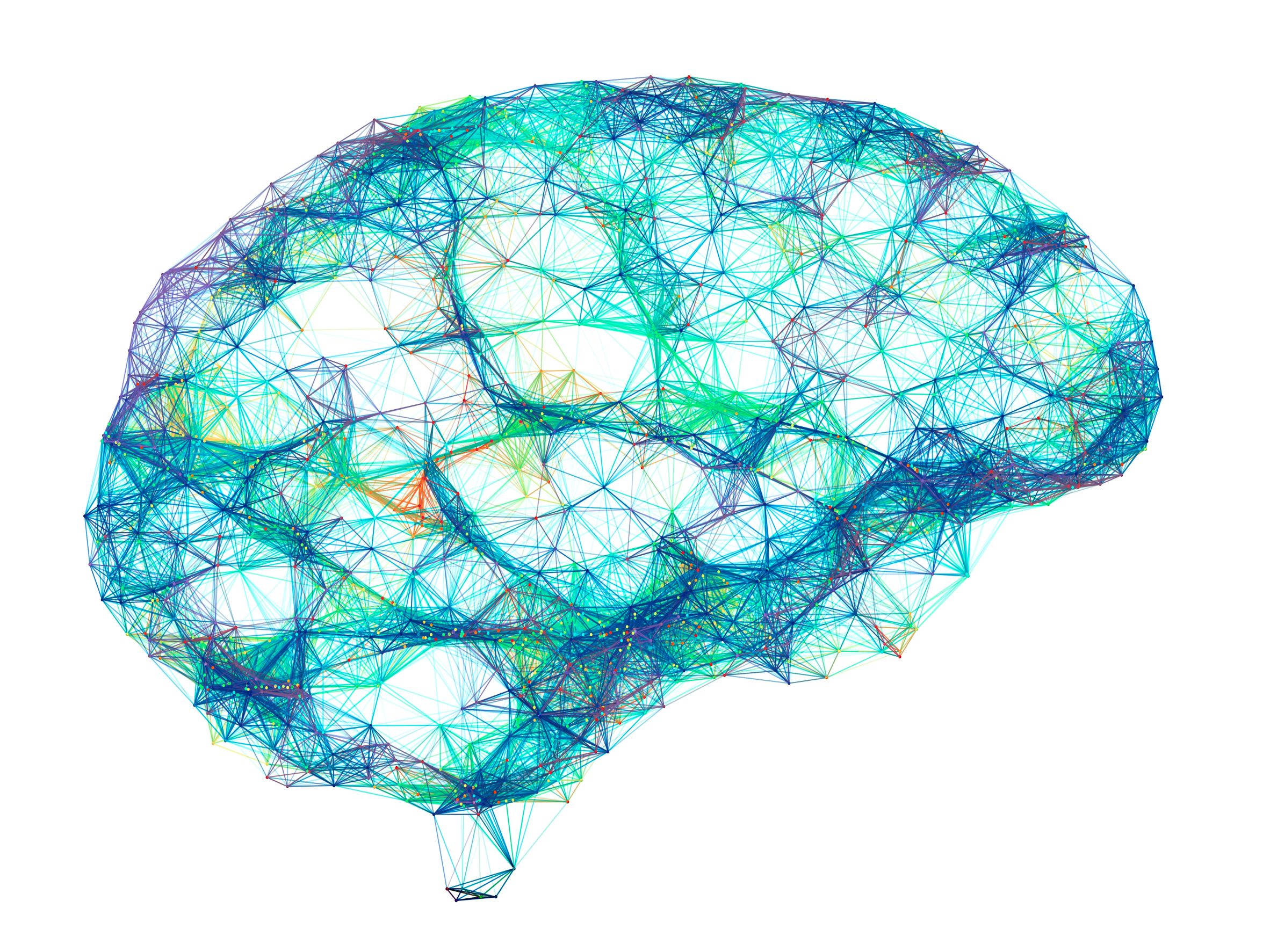What are unconscious thinking patterns?
The world is complex and the human brain is designed to function as smoothly as possible in it. Therefore, many cognitive processes are automatic. And that’s a good thing – unless it’s a matter of assessing people. Because unconscious thought processes lead to pigeonhole thinking and prejudices and prevent us from perceiving and promoting people with all their potential.


How can I overcome unconscious bias?
Unconscious thought patterns influence our decisions. We all have them; they’re natural human responses. In our workshops and interactive presentations, we sensitize participants to unconscious thinking patterns and encourage them to reflect on the topic of diversity and to actively work against pigeonholing. Awareness-raising formats such as our Unconscious Bias Trainings are always at the beginning of a process of change. To be fully effective, they should ideally be the prelude to a series of measures for more diversity.
What effect do Unconscious Bias Trainings have?
Our “unconscious bias” formats encourage people who want to make a strong case for change, equipping them with methodical tools and arguments. We assume that everyone – including trainers – has unconscious biases to some extent. This perspective makes it possible to reach even those who might be skeptical of diversity and the need for change. However, the decisive factor in dealing with unconscious bias is the willingness to reflect on our own behavior and to address and disrupt the thought patterns and attitudes we’ve become used to. Where this willingness is not present, workshops tend to be less effective at the individual level.

Which training format is right for me?
1 to 1.5 hours
An interactive lecture can act as a teaser for the topic and a way to interest people in it. By taking an interactive approach, participants are also challenged during the lecture to actively think about their own role and to apply their findings to their everyday work. For example, a “thesis barometer” at the beginning can ask participants to position themselves regarding a series of statements. This gets them involved right from the start and generates a discussion on various ideas around unconscious thinking patterns. Participants have the opportunity to catch themselves out in their own thinking errors even during lectures.
However, workshop tend to be more effective tools because they allow more exercises for self-reflection, foster group exchange and offer space for a more intensive transfer of know-how.
3 to max. 4 hours
A short workshop, in addition to the in-depth sharing of information, provides space for personal reflection, discussion in the plenum and work in small groups. Participants exchange ideas and instances of best practice for transfer to their work contexts. The format helps to raise awareness of diversity and provides a forum for developing and discussing approaches for participants’ own practices.
6 to max. 7 hours
A full-day workshop explores topics in greater depth and especially how to embed relevant practices and measures in an organization. There is more room for self-reflective exercises, case studies and the development of tools for your own work context. Participants are helped to identify stereotypes and prejudices in their organization and to explore possible solutions. Themes include how participants can act as multipliers and change-agents to promote the topic throughout their organizations and to pinpoint those areas where alterations to structures and processes can contribute to more effective decision-making. Full-day workshops also introduce the concept of inclusive leadership and how best to achieve this.
One valuable and sustainable approach is to run two short workshops around four weeks apart. The participants are sensitized and informed in the first workshop and go into their practice with this basis and a specific work task. The follow-up workshop then offers them the opportunity to build on this, contribute their experiences in implementation and discuss open questions.
Training courses for junior staff, political parties and public administration
Parties and political spaces are not free of discrimination. Stereotypes and prejudices shape party work and influence who we listen to, who we nominate as candidates, and who we approach at information booths. There is a great deal of research evidence to suggest that assumptions and prejudgements influence voters’ decisions. But cognitive shortcuts also have an influence when decisions are made within a party. To be truly sustainable, parties have to continually recruit new members, they need to empower existing members on an individual level and provide them with spaces for (self-)reflection. With our trainings and workshops on unconscious thought patterns in the political context, party members can be sensitized to their own thought patterns and work out together how parties and their structures could change to make spaces more non-discriminatory and equitable.
The offer is aimed at full-time and voluntary staff in parties at the municipal, state and federal level.
Unconscious bias reduces diversity in organizations, because it indirectly influences who is hired, who receives support and who takes their next career step. The phenomenon also affects which perspectives are valued and included in an organization’s day-to-day operations, what services are offered and which clients are addressed. Trainees and dual students often encounter the prejudice that they make more mistakes than more experienced staff. These prejudices can result in trainees not being taken seriously or being given fewer opportunities to prove themselves. In order to change ways of working more effectively in the long term, it is important to focus on all employees. Specially designed training courses and workshops can be used to give trainees and dual students the tools to act as multipliers for diversity in an organization right at the start of their careers, to make them aware of unconscious thought patterns and to raise the chances of making beneficial structural changes. Training sessions with apprentices show the value of reinforcing the feeling that everyone is pulling in the same direction in current and/or upcoming operations, from trainees to managers, and that diversity is perceived as a worthwhile goal to achieve.
The offer is aimed at trainees and dual students at companies.
Addressing unconscious thinking patterns in public administration is essential, because it helps to enhance the efficacy of decisions and actions. In public administration, unconscious thinking patterns can lead to discrimination against certain groups of people, for instance job applicants or when deciding on who should receive funding. With regard to appraisals, unconscious thinking patterns can also affect the quality of decisions resulting from performance appraisals. By addressing unconscious thinking patterns, public employees can recognize and reflect on their own biases. Depending on need, operations such as appraisals, personnel recruitment and personnel development can be agreed upon as focal points of the training. Addressing unconscious thinking patterns can also help promote diversity in public administration in the long run. By gaining awareness and insights into how unconscious thought patterns can influence our behavior, public administration staff can respond more effectively to the requirements, concerns and perspectives of diverse groups. This makes public administration more accessible to more people.
The offer is aimed at employees and managers in city administrations, state and federal ministries.
More Information
Contact


